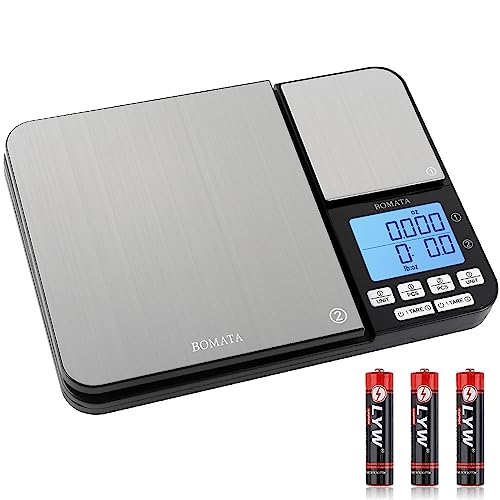LilianNoir
Well-Known Member
Hello friends! It's been a while. Life has made it difficult to make soap but I'm back!
I made my 4th batch of cold process ever yesterday and it set up/thickened VERY quickly. I'm hoping you knowledgeable folk can help me figure out what happened.
I used a recipe I've used before - the "shea supreme" recipe from Anne Watson. I've attached the soap calc recipe to that here. Although now that I think on it, that one thickened up a bit quicker than I though it would but at the time I thought that was because I was new and used the stick blender too much(another soap making friend tells me I didn't really)
I made one modification - reducing coconut by 10% and adding in castor oil at 10%. I kept the lye concentration (as a ratio) the same as the original.
I also wound up adding the lye at temperature differential of 40 degrees F.
(Lye was at 86F, oils 126F)
I...didn't originally intend to that. It was a weird spur of the moment decision that was half impatience (there were some minor things that didn't go as planned and I was annoyed) and half curiosity (what happens if I do this?)
When I added the lye and stick blended, on the lowest setting for that blender, it thickened almost immediately upon emulsification. It wasn't a false trace and the soap set up nicely (and it's already passed a preliminary zap test). But it wasn't even a minute, maybe a minute? of blending for to achieve a pudding like consistency.
I spoke with a friend who's been making soap for several years and she thinks the water discount was too high.
Now I didn't change the water/lye ratio from the original. Both the original and my modification have a lye concentration of about 34%, My understanding is this on the higher end but not super high.
So what I'm asking is, what do you think contributed to the acceleration?
Was the lower water concentration/water discount, the fact that I added lye at a 40degree difference, or the fact that I use a high percentage of shea, or all three?
I wasn't even able to add colorants to this. I like the original recipe and if this one works out I can see myself using this recipe more often. Would adding more water/liquid help to keep it fluid longer?
Thanks!
PS - both recipes are attached as soap calc recipes. But if it's easier I can type them out.
This is the finished soap. I tried to do purple mica oil swirls on the top and THAT didn't work either. I think because 1. my mica was too "thin" (too much oil) and 2. the soap was too thick.
I made my 4th batch of cold process ever yesterday and it set up/thickened VERY quickly. I'm hoping you knowledgeable folk can help me figure out what happened.
I used a recipe I've used before - the "shea supreme" recipe from Anne Watson. I've attached the soap calc recipe to that here. Although now that I think on it, that one thickened up a bit quicker than I though it would but at the time I thought that was because I was new and used the stick blender too much(another soap making friend tells me I didn't really)
I made one modification - reducing coconut by 10% and adding in castor oil at 10%. I kept the lye concentration (as a ratio) the same as the original.
I also wound up adding the lye at temperature differential of 40 degrees F.
(Lye was at 86F, oils 126F)
I...didn't originally intend to that. It was a weird spur of the moment decision that was half impatience (there were some minor things that didn't go as planned and I was annoyed) and half curiosity (what happens if I do this?)
When I added the lye and stick blended, on the lowest setting for that blender, it thickened almost immediately upon emulsification. It wasn't a false trace and the soap set up nicely (and it's already passed a preliminary zap test). But it wasn't even a minute, maybe a minute? of blending for to achieve a pudding like consistency.
I spoke with a friend who's been making soap for several years and she thinks the water discount was too high.
Now I didn't change the water/lye ratio from the original. Both the original and my modification have a lye concentration of about 34%, My understanding is this on the higher end but not super high.
So what I'm asking is, what do you think contributed to the acceleration?
Was the lower water concentration/water discount, the fact that I added lye at a 40degree difference, or the fact that I use a high percentage of shea, or all three?
I wasn't even able to add colorants to this. I like the original recipe and if this one works out I can see myself using this recipe more often. Would adding more water/liquid help to keep it fluid longer?
Thanks!
PS - both recipes are attached as soap calc recipes. But if it's easier I can type them out.
This is the finished soap. I tried to do purple mica oil swirls on the top and THAT didn't work either. I think because 1. my mica was too "thin" (too much oil) and 2. the soap was too thick.


















































